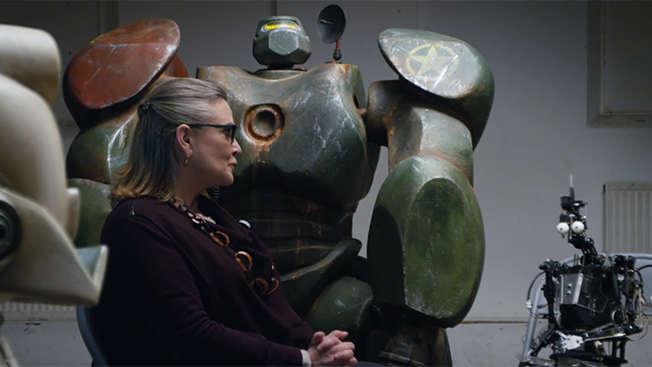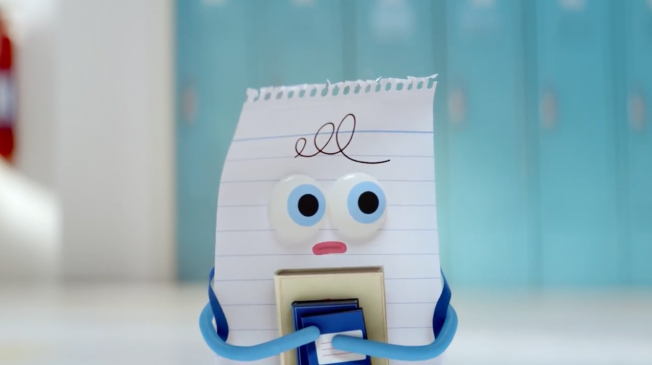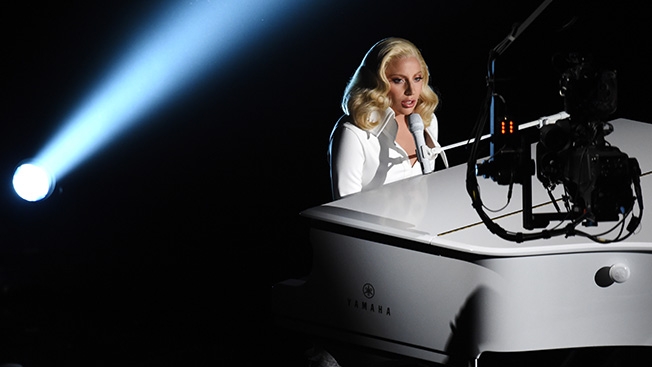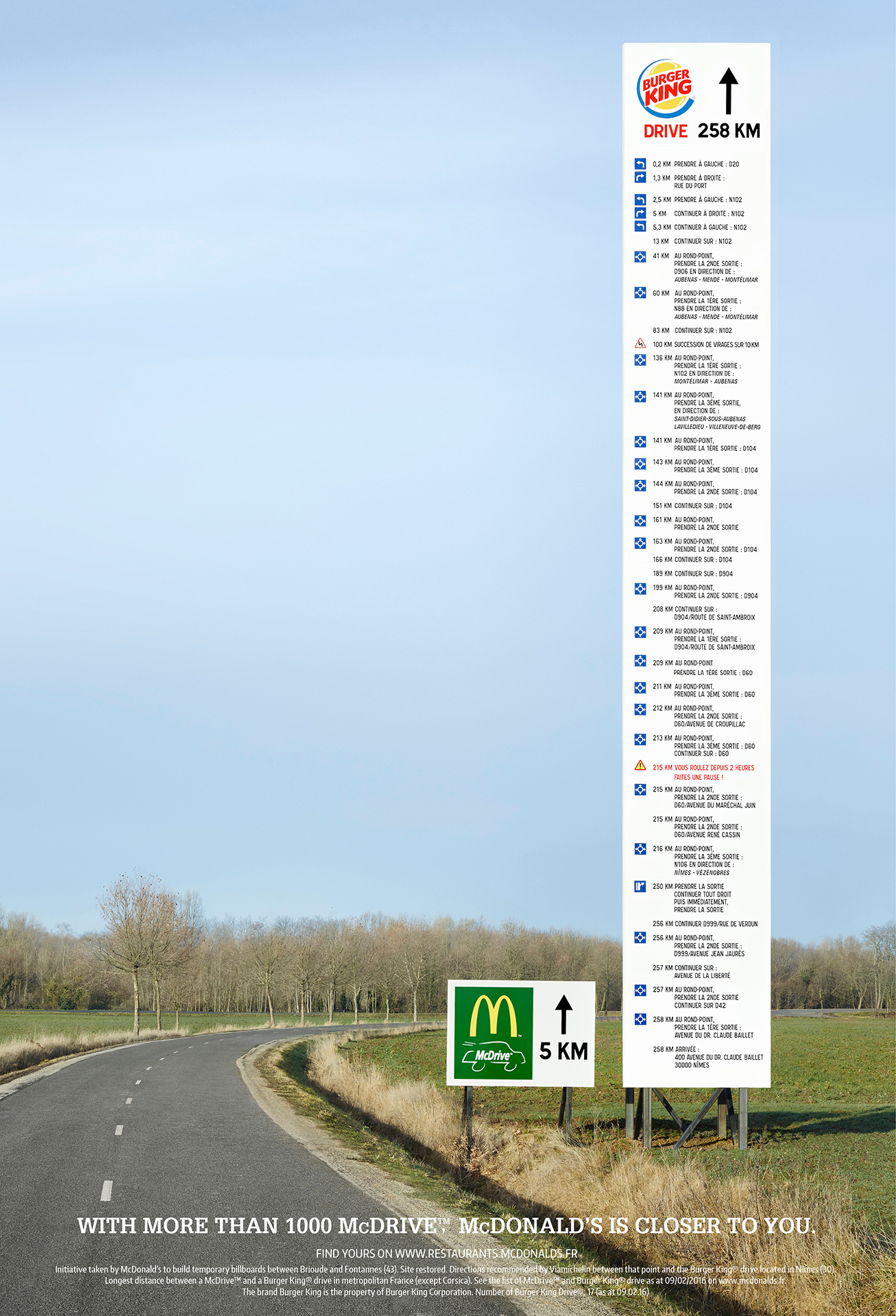![]()
Does your idea of the perfect vacation involve doing absolutely nothing, with your feet in the sand and your paws on a piña colada? Please move along. There's nothing to see here.
If you are, instead, a restless creative type who wants to learn a new skill while on holiday, Geetika Agrawal has a great solution. Check out the R/GA New York creative director's new business, Vacation With An Artist (VAWAA), which she dreamed up while on her own 12-month sabbatical/journey away from the agency.
Agrawal, whose background is in experience design, was one of 75 people chosen last summer to travel with a program called "Remote Year" and experiment with a lifestyle of traveling and working remotely. She is spending a month in each of 12 different countries, and using the time, in part, to find artists with whom travelers can learn a skill through the VAWAA program.
Among the artists in the program so far: a bespoke shoemaker in Prague; a wet plate collodion photographer in Slovenia; a leather shadow puppet maker in Malaysia; a creative writer in Vietnam; and a bamboo bicycle maker in Bangalore. As she travels, Agrawal has been personally curating the artists, with whom travelers can book studio sessions through the site.
"This is an idea I noodled on for a while, as I always used to struggle finding such creative experiences for my vacations," she tells AdFreak. "However, the busy routine life of an agency and client deadlines never gave me the mind space to make it real. So when the opportunity came to travel and work, I knew this was the time to get it off the ground."
She adds: "My routine looks quite different now. I travel every month to a new country, meet artists in the morning, work from a cafe/co-working space, go scuba diving in the afternoon, work on the website in the evening, hang out with locals at night. The creative rush during this sabbatical has been unexpected and exciting."
![]()
AdFreak asked Agrawal more about the origins of the program and how it works.
AdFreak: What was your original inspiration for this?
Geetika Agrawal: I discovered my love for learning and travel during early college days, when I spent summers working with local artisans in small towns of Rajasthan and Tamil Nadu in India. As I traveled to countries around the world, I sought similar experiences where I could immerse myself into the local culture, make things with my hands and get inspired by learning something new. I noted that there were others like me expecting the same from their travels, but there was no easy way to find local artists and designers.
Those who know me well, know my obsession for experiential travel, so I thought it would be fun to start a company that curates these artistic experiences and helps people find and book them easily.
What did you want to get out of your sabbatical from R/GA?
I wasn't looking for a vacation. I was looking to get in touch with my own creativity, find a new challenge and do something about VAWAA. In March 2015, I heard about a new program called Remote Year that would select 75 people from around the world and help facilitate their travel to 12 countries as each participant worked remotely on their own projects/jobs. Woo-hoo! I got my sabbatical idea! I was going to do what I love most—i.e., travel and build my new business idea.
On June 1, 2015, I put my things in storage in New York and took a one-year sabbatical to travel to 12 countries in 12 months with Remote Year. I was going to get VAWAA off the ground, build another passion idea, Food for Thought, and give design talks at schools and conferences in countries I visited.
Explain what a VAWAA "studio session" is.
Although some may compare this to a workshop or a course, I call it a 'studio session' because of the depth and richness of the experience. It is a period of time you spend together with an artist in their studio learning not just the techniques, but also getting to know the artist and understanding their creative process—including going to the market to buy materials or taking short trips.
Depending on the artist and their art, this can vary from 10 hours to 100 hours spread over a couple of days to a few weeks with daily or periodic interaction. Most of the time is spent in the artist's workspace, which can be their atelier, home or outdoors.
Each studio session is open to a maximum of one to three guests to make the experience authentic and of the highest possible quality. It is meant to be an intimate experience and not touristic.
I work with the artists to create an outline for each studio session that defines the duration, price and experience of the studio session. However, depending on your level and interest, I can work with the artist to customize it for you. I like reminding my guests to enjoy the creative journey and experience the unexpected rather than seeing it as a destination.
![]()
How do you curate the artists?
I spend one month in each country. For each country, I start by researching various art forms and artists that are unique to that country. I look online, go to local crafts and design stores, visit artisans, meet locals and then contact the artists I like. (This is the fun travel part, as I get to go deeper into a city's culture.) Once I meet a couple of artists, they help me connect with other artists.
My goal is to curate artists who have deep knowledge of their art, have something interesting to share and are nice to hang out with. I meet each artist individually. We drink coffee, discuss each other's life and work. They take me around their studio, show me their design process, and then we sit down together to discuss what their VAWAA studio session experience could look like. It's a first for the artist and me, so we decide on what feels right and excites us—with the idea of growing and improving the experience as we go.
I plan to have 50 artists by June 1 in 12 countries across Europe, Asia and South America. Since launch in November, several artists have reached out from countries outside of my travel itinerary who want to be part of VAWAA, and it's nice to see that besides travelers looking for creative vacation ideas, artists are recognizing this as a great platform too for international exposure and extra revenue source.
In fact, one of my unexpected and favorite side effects has been to see VAWAA artists interested in going to other VAWAA artists' studio sessions.
How enriching are these experiences?
I've seen a lot of things happen after such experiences. Some people get inspired to turn this passion into a full-time career. My ex-colleagues and friends from R/GA, Thomas and Melissa, went to Indonesia during their travels and learned the art of batik. Now they run their own textile design studio in Mallorca, Spain, creating beautiful handmade pillow covers, bed covers, lamps, etc. Some go back and start side businesses/passion projects, and others go back rejuvenated with new perspectives and influences in their work.
How big would you like VAWAA to get?
I am in the early startup stage right now and focusing this travel year on building a solid foundation, experimenting with some ideas and creating a good user experience. It was exciting to have my first guest, Katja from Austria, travel to Slovenia for a soap-making studio session with artist Anja Tomazic and call it "unforgettably wonderful." I am encouraged by the positive response from both travelers and artists around the world—some of whom have added it to their list of things to do.
It will be an exciting next few months to see how big it gets, but for now I'm taking it slow and going niche.







































